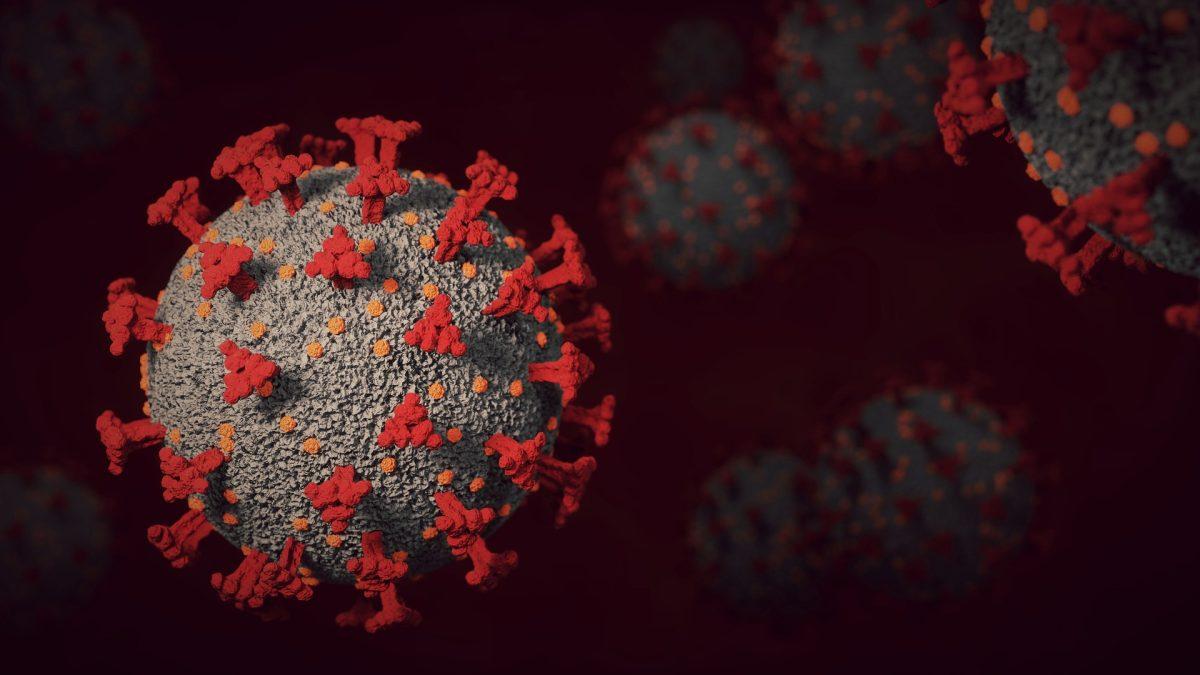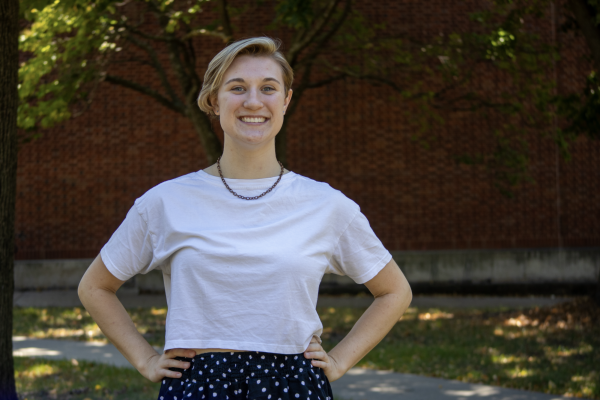Drake students found out that they would be back on Zoom for their first two weeks of spring classes through an email sent Jan. 11.
In the email, Provost Sue Mattison said that a peak in COVID-19 cases is expected to occur during the last week of January or the first week of February and that she was concerned about disruption to students.
“And so, having the first two weeks virtual, the goal was to reduce disruption in class from students testing positive and having to be in quarantine but still feeling well enough that they could sit in on a class virtually,” Mattison said. “But then the faculty member has to have a virtual [class] and a face-to-face [class]. And then the faculty member is also at risk, and if the faculty member gets sick, then it’s even more disruption.”
Mattison also cited concerns about overloading the healthcare system or Drake’s isolation capacity. She said she is “pretty confident” that Drake will not opt to extend the two-week remote learning period, based on the projections of COVID-19 models.
“If we can just get past that peak and start to see the downside of the curve, we’re not going to overwhelm an already overwhelmed health care system,” Mattison said.
The caveats in the university’s decision include allowing students to move back into their residence halls, given that they take a PCR test upon check-in. According to Drake Chief of Staff Nate Reagen, 19 students had tested positive during move-in testing with a positivity rate of 4.6 percent on Wednesday, while 380 students have yet to move in. As soon as they receive their results, students are required to inform the university of their results by submitting a form.
Reagen said over email that student athletes were exempt from move-in testing since they undergo regular testing. He added that “not a lot” of student athletes tested positive. Sports are also permitted to continue, but meetings for student activities must be held virtually or postponed until after the two-week period.
“The student athletes are guided by NCAA decisions, and those student athletes are tested multiple times per week. They have had to forfeit games due to students testing positive, and they have had games forfeited to them,” Mattison said of the decision to allow sports to continue. “They are held to a much higher standard of testing than the rest of the campus. I would say if the rest of campus had tests done several times per week, our decisions would be a lot different.”
The Bell Center, Underground Fitness, Student Health and the libraries are also open to students, although the Cowles Library hours have changed slightly. Additionally, both in-person and virtual counseling appointments are available to students.
‘We are not very well protected’
Although 88 percent of Drake’s residential students had reported their vaccinations against COVID-19 by Friday, just 38 percent had reported receiving a booster shot by Sunday, according to Mattison. 21 percent of all students had reported receiving a booster shot by Sunday.
A study from the Centers for Disease Control and Prevention released on Jan. 21 found that receiving a booster in addition to two vaccine doses prevented hospitalization, emergency department and urgent care visits in 82 percent of Omicron cases. By comparison, receiving two doses of the vaccine less than 180 days before testing positive prevented these visits in 52 percent of cases, and receiving two doses of the vaccine more than 180 days before testing positive prevented these outcomes in 38 percent of cases.
“With the low percentage of students who have received the booster shot, that indicates that we are not very well protected,” Mattison said.
As in the rest of the nation, COVID-19 has been surging in Polk County since the beginning of January, when the Omicron variant began surpassing Delta as the dominant form of the illness.
On Friday, the rate of COVID tests coming back positive in Polk County was 33.3 percent, which is higher than the national seven-day positivity rate of 23.4 percent reported by the CDC. On Friday, Drake reported that there are 18 students in on-campus isolation, 24 off-campus students who have tested positive, and 42 students in quarantine.
The variant is distinguished by increased contagiousness, though preliminary data from a South African study suggests that it is less likely to cause severe illness, Reuters reported. According to an interactive New York Times map that updates daily, COVID-19 cases in Polk County on Friday have declined by 11 percent over the past 14 days. Hospitalizations have increased by 24 percent.
“Omicron is a different variant in the fact that we’re not seeing severe outcomes, but we’re still seeing people hospitalized and we’re still seeing people die,” said Nola Davis, the public health communications officer with the Polk County Health Department.
‘The most important thing we can say with any variant’
As part of an additional mitigation effort, each student was provided with two KN95 masks to wear during the first two weeks of the semester. Data from the CDC suggests that well-fitting surgical masks and K95 masks are more effective than cloth masks at reducing the transmission of COVID-19.
“The most important thing that we can say with any variant is that you’re practicing COVID-19 mitigation strategies—wearing a mask, getting vaccinated, getting your booster, staying home when you’re sick, staying home when you’re awaiting COVID 19 results, wash your hands, social —all those things that we keep telling people, people need to keep doing to get the number of cases at bay,” Davis said.
Davis said that college campuses are at particularly high risk for Omicron transmission.
“You think of the tight quarters that dorm rooms are in, not being able to wear a mask at all times—that would really lend itself to increased transmissibility throughout the campus,” Davis said.
Mattison said that student and faculty reactions to the move to remote learning have been mixed.
“Some students, faculty, staff, parents, and grandparents have expressed significant frustration with the decision,” Mattison said. “Other students, faculty, staff, and parents–no grandparents–have expressed gratitude for our decisions that place priority on reducing disruption in the classroom and protecting the health and safety of our community.”
Andrew Kennard contributed reporting.








